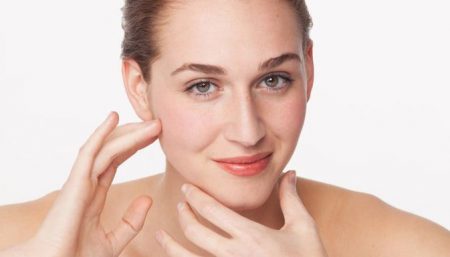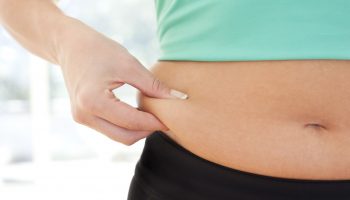
A double chin can be very unpleasant to deal with. It can make you feel overweight, old or unattractive. Kybella was recently approved by the Food and Drug Administration to use as a non-surgical option for treating double chin.
“Kybella is identical to a deoxycholic acid, which is naturally produced by the body to absorb fat. Kybella takes advantage of that fat-destroying activity to help eliminate the fat below the chin,” explained Dr. Jeffrey Kenkel, Professor and Interim Chairman of Plastic Surgery, who has begun performing the procedure in Dallas. “This provides a new option to consider for those who are not ready for a surgical fix, but are looking for an answer as to how to get rid of fat beneath the chin.”
According to a consumer survey by the American Society for Dermatologic Surgery, 68 percent of respondents were concerned about excess fat under the chin and neck. Fifty-two percent of the more than 8,300 respondents to the 2014 ASDS Consumer Survey on Cosmetic Dermatologic Procedures indicated they were considering a cosmetic skin procedure to improve their appearance.
Possible Causes of Double Chin
Genetics, age or being overweight can be a possible cause of double chin. There is a chance that your double chin could be caused by hereditary factors. Just like the color of your eyes or hair, your double chin could be a result of your genetics. Double chin can also be a simple consequence of aging. Skin loosening and muscle loss are normal effects of aging. You were probably not unaware of it, but your chin has some muscles too. When these muscles begin to slacken, your risk of developing a double chin increases. Also, when you continue to eat a fatty diet and lead a lifestyle that lacks exercise, your face or chin could be one of the first areas where your body will store fat. If your excess weight is the cause of your double chin, you can get rid of it by getting rid of your extra weight.
Treatment Involved
Earlier there was only a surgical option to get rid of double chin but with a recent new procedure, available on an outpatient basis, involves a handful of injections into the fat. As many as 20 to 30 injections can be made in a single treatment, with most patients being treated somewhere between two and four times to achieve the desired outcome. Treatments are done no less than one month apart, according to the FDA guidelines. The number of treatments depends on the amount of fat and other factors determined during a consultation.
| Kybella is the trade name for ATX-101, a patented synthetic form of deoxycholic acid, a naturally occurring molecule that helps metabolize dietary fat. The drug was created by Kythera Biopharmaceuticals, a California-based company that focuses on prescription cosmetic products. |
What are the Potential Side Effects?

Most common are bruising, swelling, pain, numbness, and small, firm areas around the injection sites, according to the company.
A possible serious side effect is an injury to the marginal mandibular nerve, which helps control facial expressions, causing an off-balance smile. This likely happens when shots are given too close to this nerve.
In trials including more than 5,000 people, this side effect happened in 4% of patients, according to a report from the FDA advisory panel. It eventually went away in all of them.
According to Derek H. Jones, clinical associate professor of dermatology at UCLA and lead clinical investigator of Kybella, “What it’s doing is disrupting the fat cell membrane. As soon as it hits, it causes lysis—or destroys the cell membrane. After that, the fat cell releases its fatty contents and the body metabolizes the fatty contents as normal.”
Ref:
Related Links
Disclaimer
The Content is not intended to be a substitute for professional medical advice, diagnosis, or treatment. Always seek the advice of your physician or other qualified health provider with any questions you may have regarding a medical condition.

